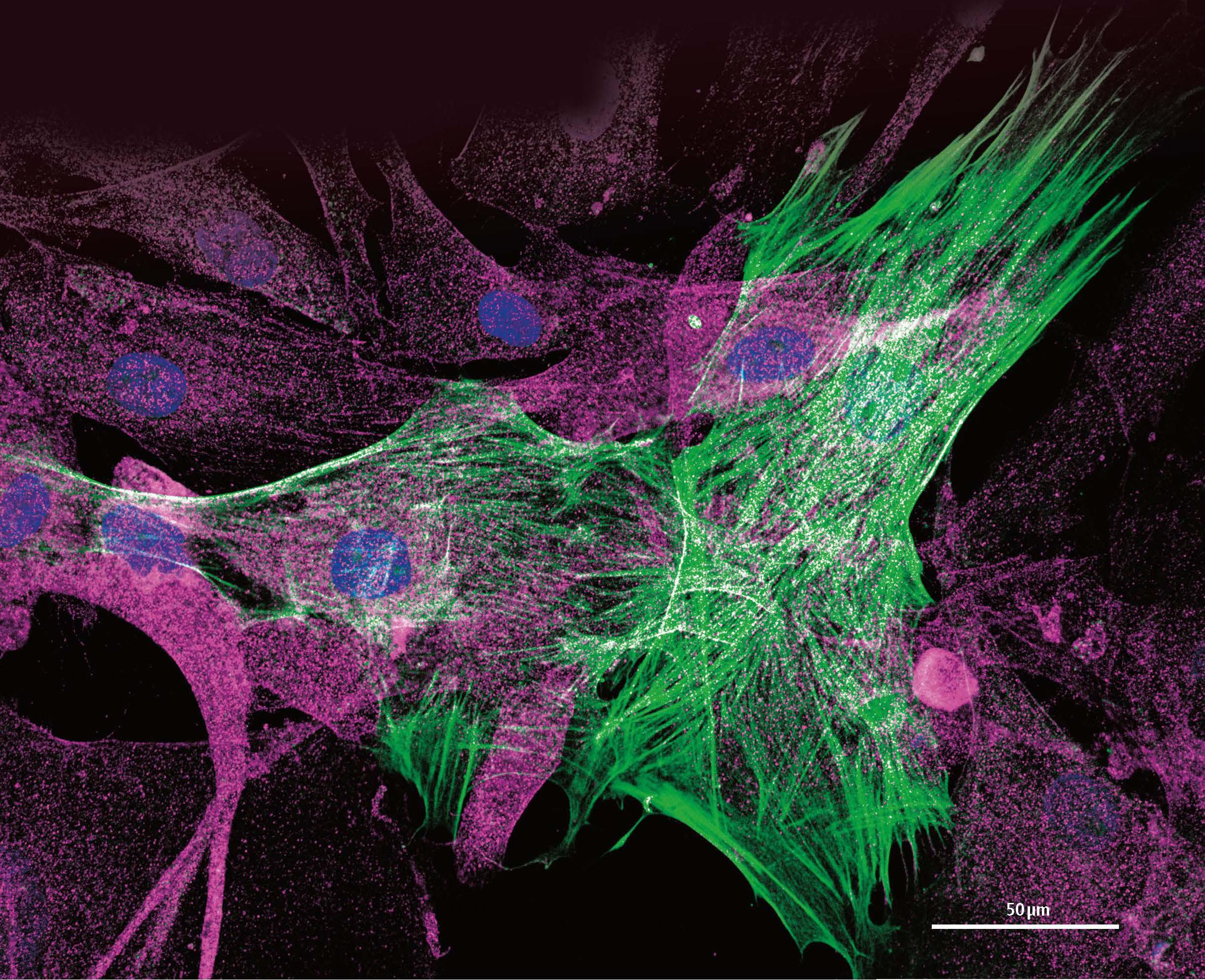
The small capillaries at the back of the retina in the human eye are usually supported by cells that wrap around them. The pericytes (peri — from the Greek word for ‘around’; cyte — from the Greek word for ‘cell’) in this image have made a shape similar to the Batman symbol. The pericyte cells also closely envelop the capillaries, just like Batman’s cape. In people with type II diabetes, however, these pericytes tend to unravel. We don’t yet understand why they do this, but where they detach, the capillary walls beneath become leaky.
Pericytes are found on the capillaries of most tissues but the retina has the most, with a 1:1 ratio of pericytes to every capillary endothelial cell. My research project involves growing human pericytes in culture so that we can study the cellular changes that happen in the retina during type II diabetes.
Your organisation does not have access to this article.
Sign up today to give your students the edge they need to achieve their best grades with subject expertise
Subscribe




